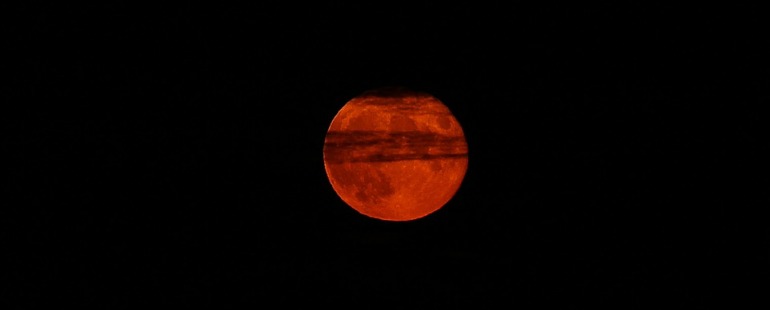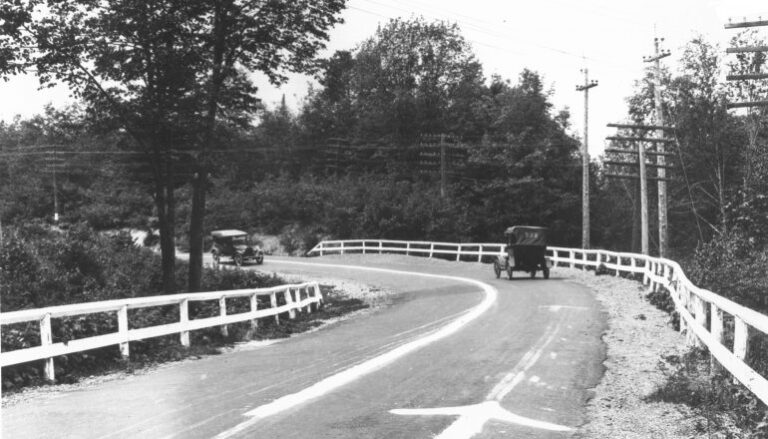Demented and Seductive

This June’s full moon, or rose moon, or strawberry moon, so named to anticipate the pending picking season, converged with the summer solstice for the first time since 1967. All strawberry summer, I kept my eye on Mercury, and most nights instead of bedding down with the flicker of another Law and Order: SVU, I lay in bed listening and re-listening to Charles Manson stories and thinking about murder and art.
In the 12-episode series of her podcast You Must Remember This titled “Charles Manson’s Hollywood,” Karina Longworth takes listeners from Manson’s early delinquency and forgotten relationships, through his aspirational move to L.A. and subsequent occupation of abandoned movie set Spahn Ranch, to the details and aftermath of the murders for which he’s known. Originally unrolled over three months—a veritable summer vacation—Longworth’s treatment of the Manson universe is so patient and comprehensive that the killings almost come by surprise; or rather, they’re as “out of nowhere” in their unthinkability as they are from precisely here: this unstable, impulsive New Hollywood universe of which Manson was the unlikely center.
A cross-platform storyteller with crazy range, Longworth describes her path to full-time podcasting as “relatively unique.” Said path includes grad school in Cinema Studies, founding and writing for prominent film blogs, and a tenure as LA Weekly’s film editor, after which she launched You Must Remember This as a space for stories more extensively researched and autonomously produced than her freelance writing permitted. At the helm of YMRT, Longworth is her own primary researcher, scriptwriter, editor, and producer, and her serial stories straddle reportage, film criticism, and cultural history.
In a meta moment at the beginning of episode 9, “August 8-10, 1969,” which plots the “Tate-Labianca” murders in ruthlessly lucid detail, Longworth introduces the episode as the one she’s been dreading as much as some listeners were perhaps looking forward. An ambivalent suspension between attraction and unease often adheres to tales of violence in general, and to the uncanny dramas of murder in particular—and Longworth herself is hardly immune. In a podcast blog entry on the series, Longworth highlights Jeff Guinn’s biography Manson: The Life and Times of Charles Manson in her bibliography, writing that she read the book “in long stretches late at night when I was supposed to be on vacation. I couldn’t put it down to go to sleep, partially because I would have nightmares every time I tried.”
Similarly, Longworth’s account of the Manson moment isn’t conventional bedtime fare (authentic fairy tale gore notwithstanding). But as Vanity Fair reported, in a 2015 feature pronouncing “Charles Manson’s True Hollywood Story Is the Summer’s Best Drama,” listeners doubled during the Manson run; for me, while I’d sampled Longworth’s podcast before, I’d never listened to episodes more than once, or been so entirely transported.
There are plenty of theories, armchair and academic, of why we consume stories about violence, and most are at least partly pathologizing: innate voyeurism, or the possibility of experiencing fear while retaining the freedom to set the source down. But how does brutality galvanize the writer? How does mayhem propagate art’s making, as well as its consumption?
As in any “good” procedural, there are many moving parts to Longworth’s story, and none are exactly arbitrary. By a logic of accumulation, the memories, quotations, and transcripts link and disperse, and I start to see the Manson murders everywhere, especially movies: in Sharon Tate’s resignation in Valley of the Dolls; in the screams that ricochet across the canyons at the end of Karyn Kusama’s dinner party thriller The Invitation. Fittingly, it’s in her meditation on the chaos of late-60s Los Angeles that Joan Didion suggests this pattern apprehension is just what we do. The murkier the reality, the harder we squint, especially when “we” are writers, not only accustomed but compelled to find order, to mentally collage all the clippings on the wall, looking “for the sermon in the suicide, for the social or moral lesson in the murder of five.”
Beyond the journalistic collapse of bleeding and leading, murder demands and resists narrativization. Sometimes murder tells a story you already know, as when Kate Millett wrote of the captivity and torture of Indiana teen Sylvia Likens: “I was Sylvia Likens. She was me. . . . She was the terror at the back of the cave, she was what ‘happens’ to girls. . . . We all had a story like this, and I had found mine.”
For Didion, in The White Album’s title essay, writing in the face of murder isn’t so much about “finding” a story as imposing one, and using the process of superimposition to bring stillness and coherence to the unintelligible panic of everyday life. “We live entirely, especially if we are writers . . . by the “ideas” with which we have learned to freeze the shifting phantasmagoria which is our actual experience.” Put more simply, this is a matter of survival: “We tell ourselves stories in order to live.”
One of the most harrowing sections of “The White Album” is the one in which Didion, recalling her life, describes the frequency with which strangers visited her home on Franklin Avenue. The sense of normalcy so resonates with Longworth’s own remarks on the commonness of random players walking through open doors, and it’s as close as Didion comes to a Millett-like moment, to I was Manson’s victim, she was me.
Rereading The White Album in tandem with “Charles Manson’s Hollywood,” I’m fascinated by the way in which Longworth’s podcast pays special attention to the stars that effectively constellated around Manson: actor Dennis Hopper visiting Manson in prison, director John Waters befriending former Manson girl Leslie Van Houten, and Joan Didion herself, visiting the I. Magnin department store in Beverly Hills to buy the key prosecution witness Linda Kasabian a dress to wear to trial. On this and other confluences, Didion writes, “I believe this to be an authentically senseless chain of correspondences, but in the jingle-jangle morning of that summer it made as much sense as anything else did.”
Which is to say, no sense at all; which is to say, enough. The White Album is about bad feelings, and the simultaneous panic and ill satisfaction that result when such premonitions are, in fact, fulfilled. But it’s also about writing as making sense, when nothing else seems to.


